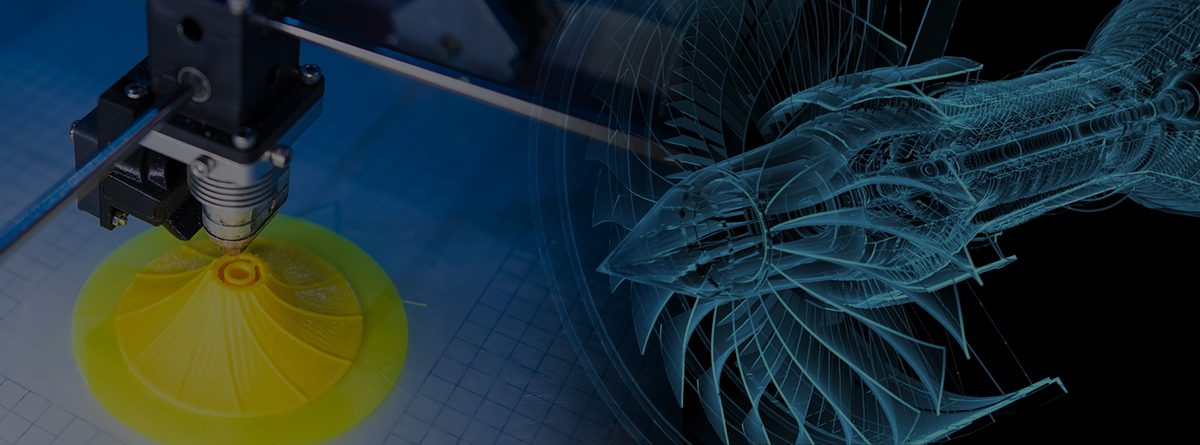Is It Time to Invest in Additive Manufacturing? Three Things to Consider
In the past 30 years, 3D printing (3DP) technology has gained traction for rapid prototyping and industrial tooling. Recent advancements in metal printing brought forth industrial applications for 3DP, yet finished parts formed by 3D printers are still limited. (1)(2)
But just because something can be additively manufactured, should it?
Three Things to Consider
1. Current technology challenges and limitations
The challenge when selecting a processing method is balancing all the factors that need to be met, including cost, speed, quality and part performance.
While additive technology can produce parts quickly, there is still a long way to go to fully match the strength of other available processing technologies for metal, thermoplastic, thermoset and elastomeric parts.
2. Specific breakthrough opportunities to drive business value
One of the main challenges when looking to additive versus conventional manufacturing takes place when comparing parts 1:1. Parts designed for die casting or injection molding will not likely thrive when produced as-is with additive techniques.
However, breakthrough opportunities in cost, speed and quality can be unlocked when parts are designed intentionally with additive manufacturing and the specific technologies in mind from the start.
These opportunities include:
- Lightweight and material reduction
- Generative design
- Increased flexibility of operations
- Inventory management
- Tooling
- Mass customization for small-scale parts
- Hybrid additive approaches
- Remote maintenance and repair
- Smart materials
3. Signals of change
There are many use cases where additive manufacturing can relieve pain points and enable a cheaper and faster alternative to conventional methods. However, the technology is not yet universally parallel to these tried and true approaches.
Look for expansion of the processing envelope (the ability to produce faster, stronger or larger parts at a lower cost). Depending on the use case, look for developments in emerging applications, like lost-wax metal casting, nano-printing, 4D printing and liquid 3DP.
Tips for Getting Started
While GE is already printing jet engine parts in commercial aircraft,(3) it can feel like your organization is being left in the dark ages by not adopting additive. Every use case will have specific pros and cons to be weighed before diving in full tilt. Contemplate additive before designing a part to explore whether specific forms, features or requirements can be better achieved with 3DP.
Start small. Consider working with an external service provider to assess whether additive is right for your application and outsource the skills required to bring your part to 3D printed fruition. Allow experts to be part of your product development innovation process.
Implement advanced analytics to pinpoint areas in the value chain where you are lagging in comparison to competitors and/or that can be improved with cutting edge tech such as 3DP/AM. This way your organization can achieve benefits in any combination of speed, cost and quality.
Leverage a maturity model to help chart a path for additive and identify the optimal scale and opportunities where these technologies should be applied.
Learn More
Download our eBook for full details on technology limitations, business value opportunities, signals of change, and an additive manufacturing maturity model.
1 Additive manufacturing: scientific and technological challenges, market uptake and opportunities
2 Challenges Associated with Additive Manufacturing




